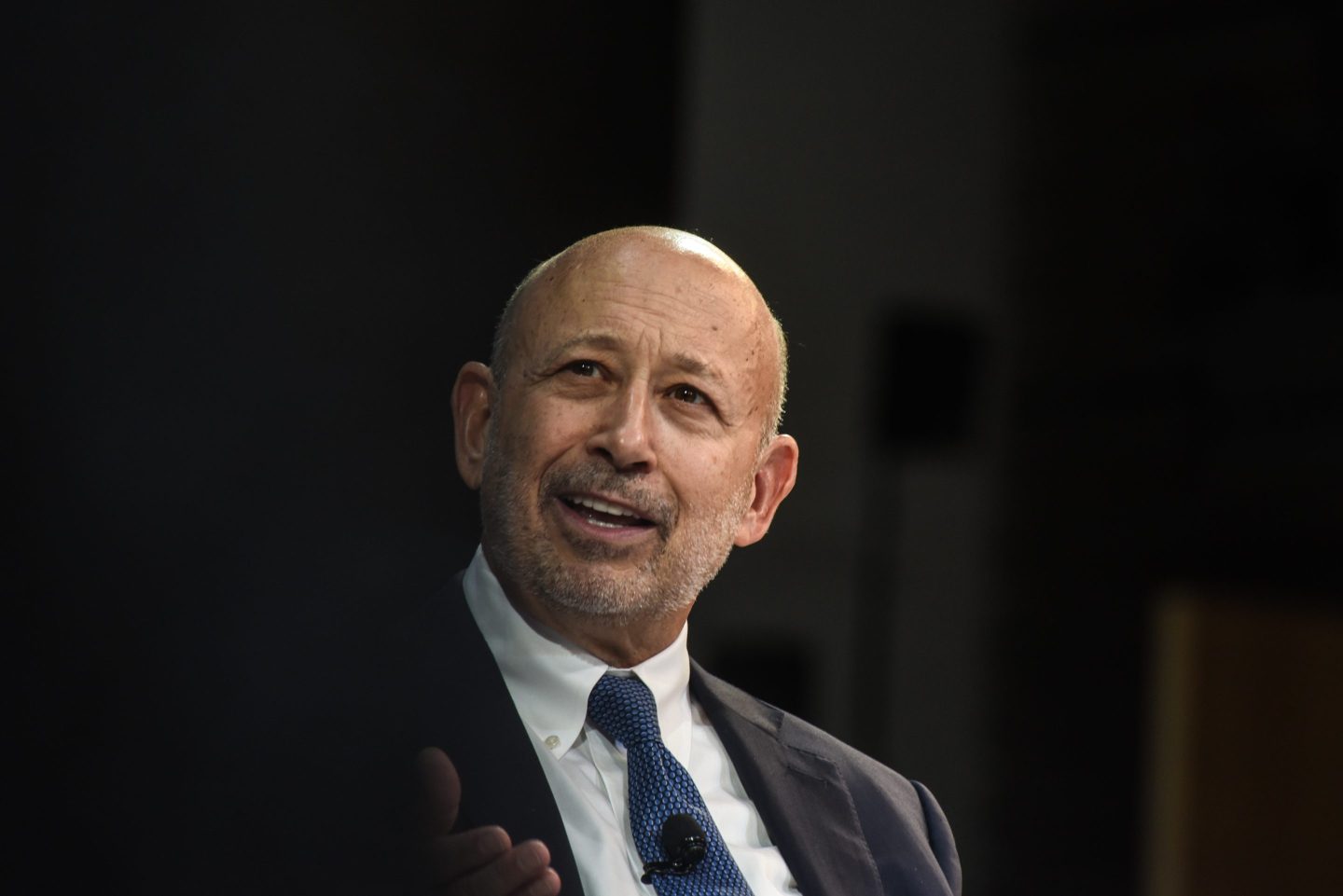Fortune called the bank out for its subprime dawdling, but it seems Citi was even slower on the draw than we knew.
Citi’s $75 million settlement with the Securities and Exchange Commission closes a particularly sordid chapter in the bank’s up-and-down history.

Citi (C) actively misled investors for more than a month on the scope of the subprime exposure that later played a large role in its collapse, the SEC alleges.
At the time, Fortune contended that Citi had failed to timely disclose the full extent of its toxic holdings. Yet in a sign of how fast and loose Citi was playing at the time, even we underestimated the extent of the bank’s nondisclosure games.
The settlement, announced Thursday, comes three years after the meltdown of credit markets left the bank with $55 billion worth of subprime-related toxic waste on its balance sheet. Those and other mistakes led to Citi’s near collapse and prompted the government to extend more than $300 billion in assistance at the low point of the financial crisis in 2009.
Making matters much worse, the bank didn’t tell investors about the full extent of its subprime exposure till November 2007. Top executives including then-financial chief Gary Crittenden (right) concealed the existence of more than $40 billion worth of festering collateralized debt obligations for more than a month, the SEC alleges.
“Citigroup’s improper disclosures came at a critical time when investors were clamoring for details about Wall Street firms’ exposure to subprime securities,” the SEC said. “Instead of providing clear and accurate information to the market, Citigroup dropped the ball and made a bad situation worse.”
Fortune’s Carol Loomis questioned days after the company belatedly came clean whether Citi had upheld its duty to disclose material events within four days, as securities laws demand.
Her article noted a flurry of meetings in late October by top managers at the bank, and the gap between those meetings and the disclosure on Nov. 4, 2007.
At the time, a Citi flack deflected questions with the claim that “we complied with all applicable legal requirements.”
But no, the SEC says. It contends the nondisclosure effort, led by Crittenden and his investor relations sidekick Arthur Tildesley, violated four provisions of the federal securities laws. Citi neither admitted nor denied the charges. Crittenden and Tildesley also paid penalties without admitting anything.
Citi’s efforts to keep its subprime exposure began on Oct. 1, the SEC says. That was the date at which it was clear to the bank that even its best subprime holdings were losing value, which nullified the argument execs had been making that they didn’t need to disclose some subprime exposures because they were essentially risk-free.
That’s also more than three weeks before Loomis’ timeline started. She surmised that Citi delayed disclosing its subprime exposure because the bank wanted to put a better face on a management change that would cost CEO Chuck Prince his job, and lead to the temporary elevation of Robert Rubin and Win Bischoff.
“Together, we will see that our current plans are effectively executed and will continue to consider new ways to strengthen and grow our businesses,” Bischoff said at the time.
So much for that.
Update 1:47 p.m.: Citi offers this statement: “We are pleased that we have reached agreement with the SEC to put this matter concerning certain 2007 disclosures behind us, and that the SEC is not charging Citi or any individual with intentional or reckless misconduct. Citi settled the matter without admitting or denying the SEC’s allegations.”











